Russia’s Lake Baikal is one of nature’s wonders. It’s the largest freshwater lake in the world. Located in the heart of Siberia, it’s a travel experience that hasn’t been completely overrun with other tourists. If you love nature, you owe it to yourself to experience seeing lake Baikal.
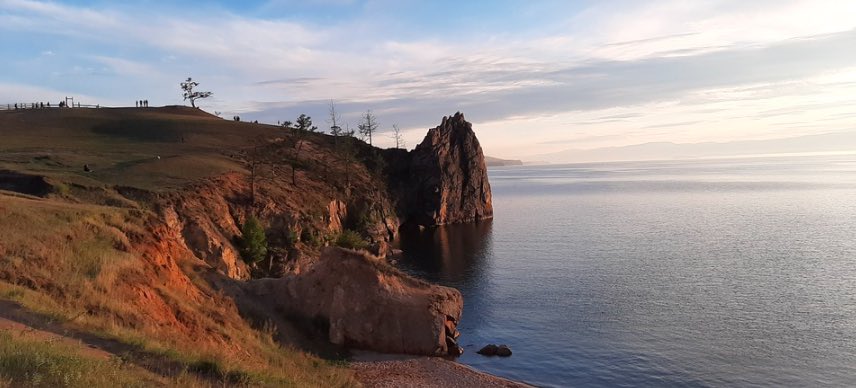
Quick Lake Baikal brief
- Lake Baikal contains about 22% of the world’s fresh water supply.
- The lake is located in mid-Siberia, close to Irkutsk.
- In winter, the ice layer can get as thick as 2 meters (almost 7 feet)
- The Trans-Siberia express goes along the lake for a short while
How to get to Lake Baikal?
Table of contents: ()
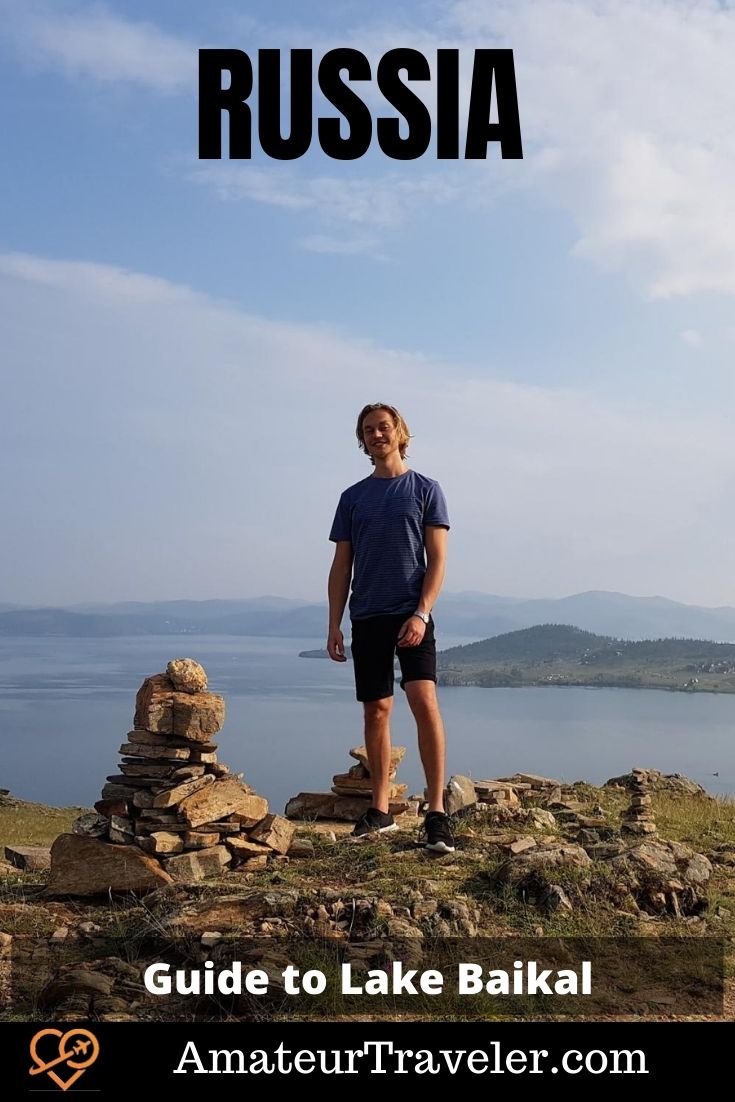
Getting to lake Baikal is not as easy as hopping in a plane, flying, leaving the plane, taking a bus, and admiring the beauty of the lake. It takes a little more effort.
When I went to lake Baikal summer 2019, we stayed at a base close to the middle of the lake.
Here’s a video where you can see the view from our base. I make videos to practice my Russian, so this video is more to show how Baikal looks. Unfortunately, when I was there in the summer of 2019, there were bad forest fires, and the entire sky was dark. Luckily the Siberian fire departments got it in control a couple of days after we arrived, and we could see the clear sky. (and the Siberian forests got saved)
In order to get there it took me:
- 3 hours to fly from Amsterdam to Moscow
- 6 hours to fly from Moscow to Irkutsk
- 1 hour to get from the airport to the main square (from which our bus left)
- 4 hours to drive from the square to our base
For someone who’s used to travel in Europe, this was among the longest it had ever taken me to get to my destination.
Getting to Irkutsk
Depending on where you’re from in the world, you first need to get to Irkutsk.
- From Europe, the easiest way is through Moscow.
- From Asia and the U.S, it should be easier to fly through an Asian hub.
Next, it depends on where you are staying around Baikal. The lake is huge. It would take you more than a day of continuous driving to drive around the lake. Irkutsk is located on the west side of the lake. So if you are staying on the northern or eastern sides, you better take another plane to either Ulan Ede (east side) or Severobaikalsk (north side).
Getting to your base/hotel
Since the 2 main cities Irkutsk and Ulan Ede are located on at least 1-hour drive from the lake, most people that decide to visit Baikal do so by staying in camps (bases).
Depending on the luxury you’re looking for these bases can resemble anything from 5-star hotels to rustic camps. Most of them are located far from civilization. So they all have their own facilities. The stay in most bases includes a transfer by Marshrutka (Russian minibus) to the base.
You can decide to rent a car, but make sure that it’s Baikal proof. You often need to go drive on long unhardened ways, with much dust and steep terrain. So a regular city car won’t do it.
Taking a Russian bus will be an experience on its own. You will be together with 10 other travelers, going 100km (60 miles) per hour on unhardened roads. At times it feels like you’re in a roller coaster. A simple tip if you take the marshrutka: put your bag in a larger plastic bag. Since it can get very dusty inside the car (mainly in summer).
Places to visit around Lake Baikal
Unless you’re staying for several weeks, it’s going to be nearly impossible to see everything around lake Baikal.
Just take a look at google maps below:
The distances are just too big to quickly go from one spot around the lake to another. So I recommend you read up on this page what all the activities are, and then pick 1 location to visit.
Here are some ideas:
Go to Shamanka Rock (east)
This is the most iconic place you can find around Lake Baikal. Shamanka rock is to Baikal, what the Eiffel Tower is to Paris. The only downside is that it’s located far away from the rest of the sites. So if you want to visit it, you’d need to stay there specifically.
Another option would be to take an excursion there. Depending on where you’re located, this could be anything from 1 to several days.
I have not seen it, as we were located on the opposite side of the lake. Which is just a reason to go back another time.
Visit the thermal springs in Khakusy (north)
If you’re traveling to Baikal in winter, then this is a very local experience. There’s something special to being in a hot spring or sauna, while there’s snow around.
You can first heat up in the thermal spring while enjoying the beautiful landscape. And once things become too warm for you, take a quick jump in the snow to cool off.
I personally haven’t gone here as well, since it was too far to travel. We didn’t have a way of transporting ourselves, and only 4 days at Baikal. But reading about it reminded me of going to the sauna in Moscow in winter. It also reminded me of the thermal springs I went to in Budapest in winter 2012.
If you happen to be near Khakusy and want to have a breathtaking view and experience, I’d highly recommend you go check this place out. It’s located on the northeastern bank of the lake.
- Get an eSim to be able to use your smartphone abroad.
- Get a Car Rental
- Buy Travel Insurance
- Get a universal plug adapter
- Book Your Accommodation HERE
- Search for Great Tours HERE
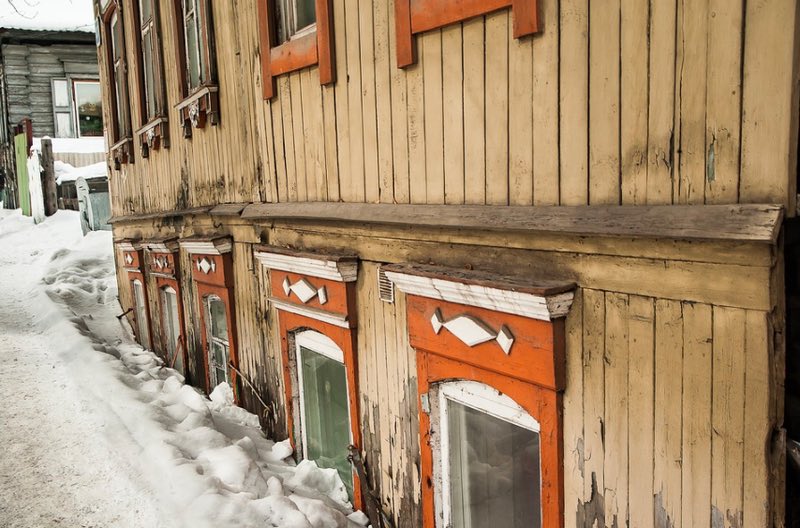
Go to Irkutsk (west)
A while ago, Irkutsk got the nickname the ‘Paris of the East’. It’s one of the largest cities in Siberia with a population of around 600,000 citizens. We only were there for a couple of hours in transit, but the things I saw there made me want to stay for longer.
During the 19th century, Irkutsk was the destination of many political exiles. The center is a UNESCO heritage, and I personally liked that you can still find some older wooden buildings in the city.
It’s also refreshing if you’re looking for things to do after being in nature around the lake, as Irkutsk is a regular modern city. Which means that you can go shopping, go out to restaurants, or party.
Things to do at lake Baikal
Here’s a list of things you can do at Baikal. In general, this is a place for people who like nature.
Hiking
Hiking is a great thing to do around the lake. The views along the lake shores are absolutely breathtaking. And if you go hiking up along the mountains next to the shores, the views will only become better.
The only downside would be that since the distances are so vast, you likely won’t be able to go hiking for many days. You’d run out of options quickly.
Here’s a picture of me hiking along the shores of Baikal. This is at the part of the lake called ‘Maloe More’.
Swimming
When you tell someone you’re traveling to Siberia, one of the first questions you get is ‘’oh but isn’t it always cold there?’
No.
Siberia has a land climate, which means cold winters and hot summers.
I’m from the Netherlands, and most Siberian summers are hotter on average than the summers in Amsterdam. That makes Lake Baikal a good summer option if you like swimming and watersports.
There is a downside, and that is that most of lake Baikal’s water comes from meltwater. It’s also very deep at many places. In the north, the last ice can stay up till June.
The best place for swimming is called in Russian ????? ???? (small sea). It’s located on the west side between the shore and the Olkhon island:
Since the water is much more shallow there, the temperature is perfect for swimming. It’s also a developed part of the lake, with many camps and hotels.
Rent a boat
It’s possible to rent a boat. It’s nice to reverse the views and take a look at the shore from the lake.
While you can’t rent a boat everywhere, in most more densely populated areas along the shore it’s possible to find a rental place.
If you’re going in a group, you can also rent a yacht. It may seem expensive, but I found some places that offer a yacht for 50,000 rubles per day. At this writing, that’s about 600 dollars per day. The yacht has around 8 places to sleep, so per person that would be around 75 dollars. Which doesn’t even differ that much from the average prices of most hotels.
Hunting
Russia has a large hunting culture. I have a Dutch friend whose wife is from Irkutsk, and he loves to travel there once a year for several weeks in summer. He always goes hunting with her dad.
Animals that you can hunt for around Baikal are:
- deer
- boar
- bear
- grouse
Since the areas around lake Baikal are so huge, and so sparsely populated, there are many places you can go hunting. If you have a Russian friend traveling with you, you can also ask him to check the local regulations.
While I think it’s possible to take your own hunting equipment, it seems it’s a lot easier to book an arrangement through a company. That way you have all the legal stuff handled for you, and you don’t need to be taking equipment on the plane.
In this case, it’s best to Google ‘’hunting [place name] Baikal”. That should give you a large number of options.
I just did this, and found this for example:
Which means that all the visa stuff will also be taken care of.
Currently getting a Russian visa requires you to get a boatload of documents, an official invitation from a Russian person/company, and more. So it’s easier to get it done for you. Luckily, Russia has been doing tests in 2020 with an e-visa for some regions. They’re planning on rolling the e-visa out to all of Russian in 2021. So no more visa troubles 🙂
Fishing
Apart from hunting, you can also go fishing. Either from shore or from a boat. Since many camps don’t have shops or restaurants close, it’s not unusual to see people camping in the middle of nowhere. They come by car and bring a lot of canned supplies.
And the main dish? They catch it during the day.
Baikal has 52 different fish species. The ones of main interest for sports fishing are:
- grayling
- pike
- perch
Fishing season starts on the 20th of May and lasts until the first snow in October.
Shaman rituals
Throughout history, the regions around lake Baikal have been a hotspot for shamanism. It is practiced less, but there are still places where you can go on an excursion and see how ancient shaman rituals were done.
Look for Nerpas
There’s a specific seal living in lake Baikal: the Baikal seal. At the moment there are around 80,000 to 100,000 animals living in the lake. Which makes your chances of seeing one pretty high. If you’re lucky, you can find them during summer sunbathing on the rocks. But the best way to find them is by taking a specific tour to go look for them.
Where to stay?
I recommend staying around Maloye More. It’s the region around mid-lake on the west side. It’s more or less developed, and only 4 hours drive from Irkutsk. There are also many different bases, and some small shops to buy supplies. And in summer, this is the warmest place of the lake. So it’s great for water sports.
Booking.com
Here you can see the view from out of my window in the base I was staying:
Can you get by knowing only English?
There are many places in the world where you can easily get by just knowing English.
Lake Baikal (and Russia in general) is not among them.
If you don’t know English, you have 3 options:
- Make sure the place where you’re going has English speakers (book a specific tour for non-Russian tourists for example)
- Go with a company that has at least 1 Russian speaker
- Learn basic Russian
Places with English speakers
Lake Baikal is becoming more touristic, and that means more attention from outside Russia as well. When there’s money to be made, companies will follow with tours and packages. Since many young Russians are learning English, there are now some tours that you can follow where you don’t need to know Russian. You likely won’t get off the beaten path by doing this, but it does allow you to see the grandiosity of Baikal and some of its main attractions.
You can find tours here
Go in a group
If you have someone in your group of friends that speaks Russian, it’s not a bad idea to ask them if they’d like to travel to lake Baikal together. If they have the time and money, they’d happily agree.
Before and after flying to Baikal, I asked around 50 Russians (in Moscow) if they’d ever been to Baikal. How many do you think said yes? 20? 5? 1? Zero. None had ever been to Baikal.
And most of these people were educated and loved to travel (and HAD traveled a lot in their life). But if flying to Irkutsk is more expensive than flying to Barcelona, it’s an easy choice for most Russians. Everyone said that they’d love to see Baikal at least once in their lives though.
So, if you happen to be close to a Russian speaker, chances are they’d be happy to join you on their trip.
Learn basic Russian
The last and most time-intensive option is to learn some basic Russian. Many people won’t choose this option, but if you have a couple of months to spare before your trip, and you’d like to learn something new, it makes a lot of sense to learn basic Russian.
If you spend about 30 minutes per day listening to audio lessons for about 4-6 months, your Russian will be good enough to get around in Russia.
When I started learning Russian 5 years ago, the course that helped me a lot was Russianpod101. You can read my experiences with this Russian course here.
Should you go in summer or winter?
That depends on what you prefer. Here’s a short overview of the perks of each season:
Baikal Summer
- Can swim in the lake
- Great for hiking, hunting, or fishing
- Nice temperature ranging from 20 – 30 degrees Celsius (68 to 86 degree Fahrenheit)
- More tourists
- Nice weather only lasts from mid-June to the end of August (2.5 months)
Baikal Winter
- Great variety of winter sports (ice skating, dog sledding, ice kiting)
- Winter fishing
- Less tourists
- Clear thick ice
- Much sunshine
- Relatively warm for Siberian standards: in January it’s around -15 to -20 degrees celsius (5 to -4 degree Fahrenheit)
One Response to “Lake Baikal Travel Guide – Russia’s Largest Lake”
Leave a Reply
Tags: article, lake baikal, russia, siberia

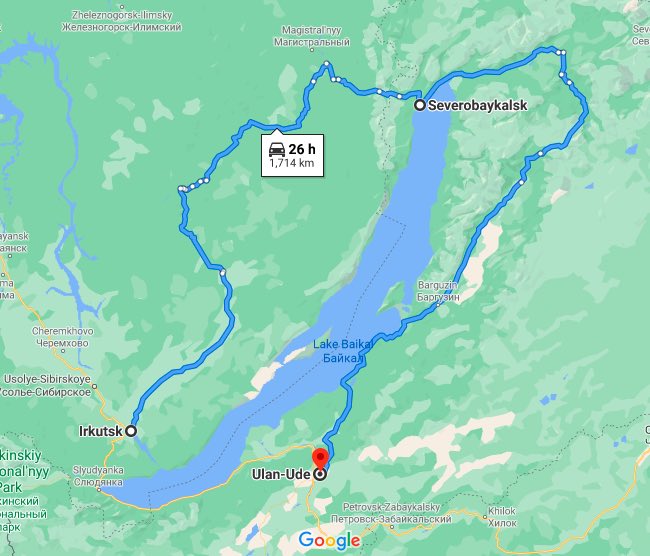
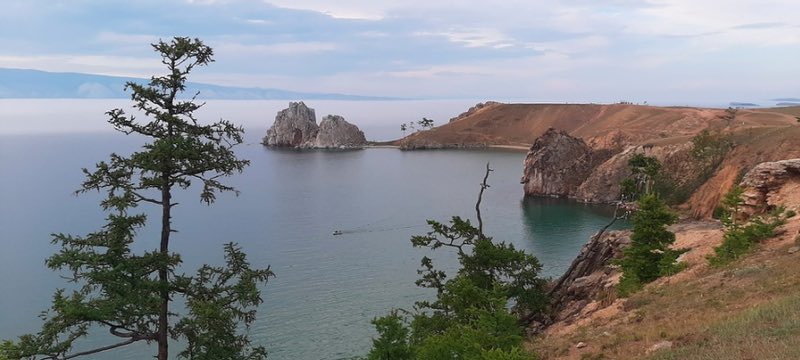
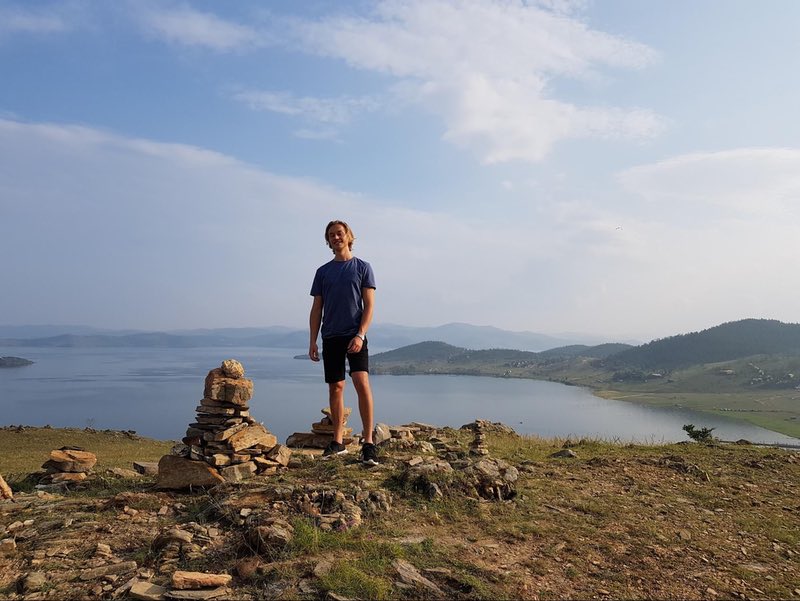
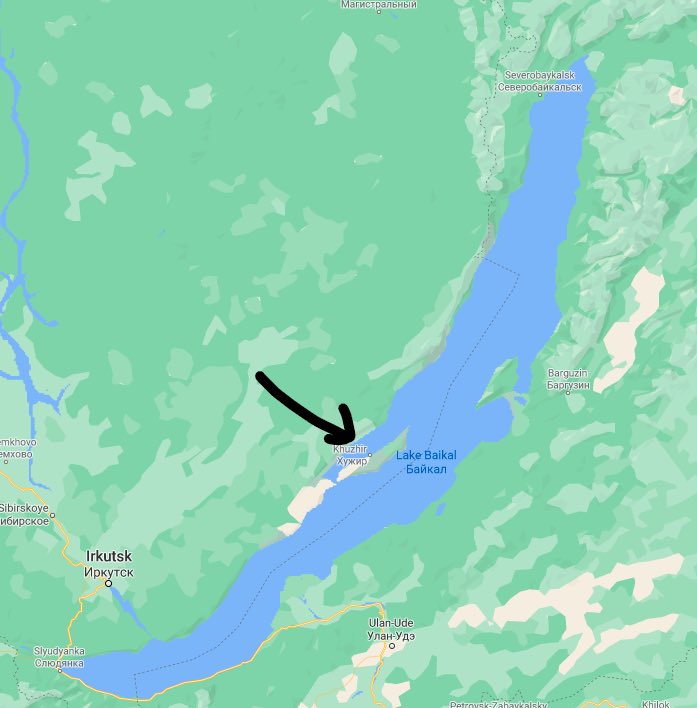


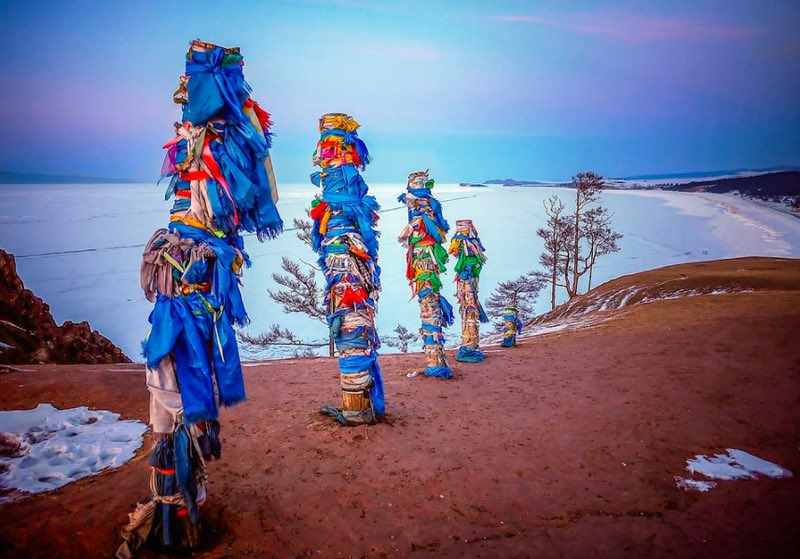


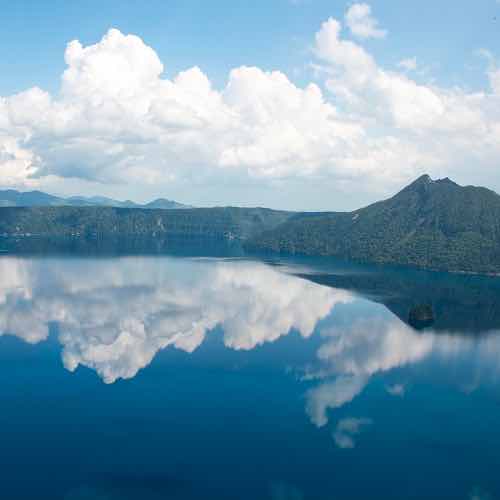 The Indigenous People of Japan: Visit Hokkaido Ainu Village on Lake Akan
The Indigenous People of Japan: Visit Hokkaido Ainu Village on Lake Akan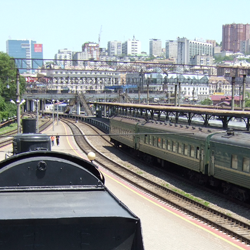 Travel to the Russian Far East – Episode 406
Travel to the Russian Far East – Episode 406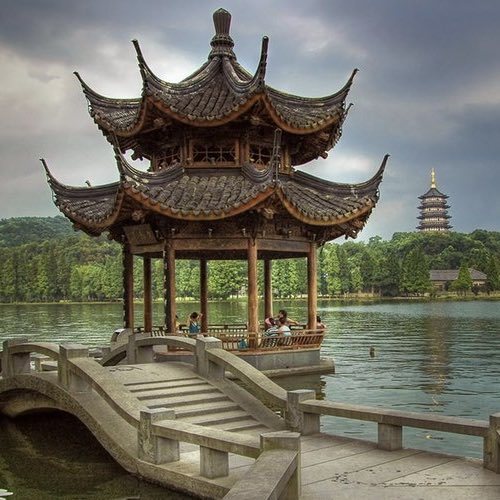 Hangzhou West Lake and Its Legends – China
Hangzhou West Lake and Its Legends – China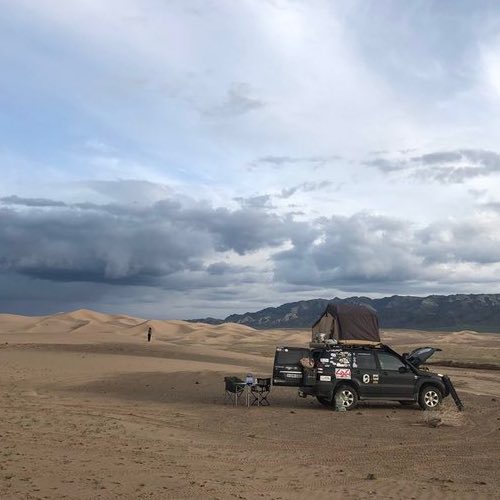 Overlanding in Mongolia – A Road Trip through the Gobi Desert, Kharkhorin, and Lake Khovsgol
Overlanding in Mongolia – A Road Trip through the Gobi Desert, Kharkhorin, and Lake Khovsgol

Arie Helderman
Says:October 14th, 2020 at 8:05 am
Thanks Chris for the opportunity to write about my experience here. Hope it helps someone 🙂